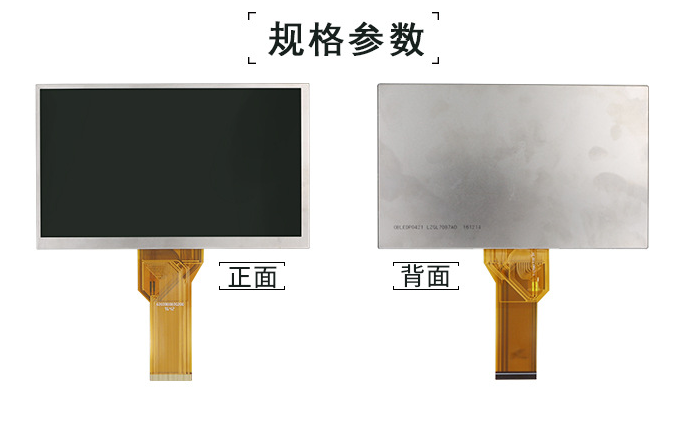In the realm of electrical engineering, the terms contactor and relay are often used interchangeably, leading to confusion among professionals and enthusiasts alike. While both devices serve the fundamental purpose of controlling electrical circuits, they are designed for different applications and possess distinct characteristics. This article delves into the nuanced differences between contactors and relays, exploring their functionalities, construction, applications, and selection criteria.
- Defining Contactors and Relays
Contactor: A contactor is an electrically controlled switch used for switching a power circuit. It is designed to handle high current loads and is typically used in industrial applications to control motors, lighting, heating, and other heavy electrical loads. Contactors are equipped with larger contacts and are built to withstand the wear and tear associated with frequent operation.
Relay: A relay, on the other hand, is a smaller electromechanical switch that is used to control low-power circuits. Relays are often employed in applications where the control circuit needs to be isolated from the load circuit, such as in automation systems, automotive applications, and telecommunications. They are designed for lower current and voltage ratings compared to contactors.
- Construction and Design
The construction of contactors and relays reflects their intended applications:
- Contactors: Typically, contactors feature robust construction with heavy-duty contacts made from materials that can withstand high currents and voltages. They often include auxiliary contacts for additional control functions and may have built-in thermal overload protection. The coil voltage for contactors is usually higher, allowing them to operate in demanding environments.
- Relays: Relays are generally smaller and lighter, with contacts designed for lower power applications. They may have a variety of configurations, including electromagnetic, solid-state, and reed relays. The coil voltage for relays can vary widely, making them suitable for a range of control applications, from low-voltage circuits to higher voltage systems.
- Operational Characteristics
The operational characteristics of contactors and relays further differentiate them:
- Switching Capacity: Contactors are designed to switch high currents (typically above 10A) and can handle inductive loads, such as motors, without significant wear. Relays, conversely, are suited for lower currents (usually below 10A) and are not ideal for frequent switching of inductive loads due to potential contact welding.
- Response Time: Relays generally have faster response times compared to contactors, making them suitable for applications requiring quick switching. However, contactors are designed for durability and can withstand more cycles over their lifespan.
- Applications
Understanding the applications of contactors and relays is crucial for selecting the right device for a specific task:
- Contactor Applications: Commonly used in industrial settings, contactors are ideal for controlling large motors, HVAC systems, and lighting circuits. They are also employed in automation systems where high power is required.
- Relay Applications: Relays find their place in various applications, including automotive systems (for controlling lights and motors), home appliances, and electronic devices. They are often used in control panels and automation systems where low power control is needed.
- Selection Criteria
When choosing between a contactor and a relay, several factors should be considered:
- Load Type: Determine whether the load is resistive or inductive. For inductive loads, a contactor is typically preferred due to its ability to handle inrush currents.
- Current and Voltage Ratings: Assess the current and voltage requirements of the application. If the load exceeds the relay's ratings, a contactor is necessary.
- Frequency of Operation: For applications requiring frequent on/off cycling, contactors are more suitable due to their durability.
- Isolation Requirements: If electrical isolation between the control and load circuits is needed, relays provide this functionality effectively.
Conclusion
In summary, while contactors and relays may appear similar at first glance, their differences are significant and critical for proper application. Understanding these distinctions can lead to better design choices, improved system reliability, and enhanced performance in electrical systems. By carefully considering the operational requirements and characteristics of each device, engineers and technicians can ensure that they select the appropriate component for their specific needs, ultimately leading to more efficient and effective electrical systems.

